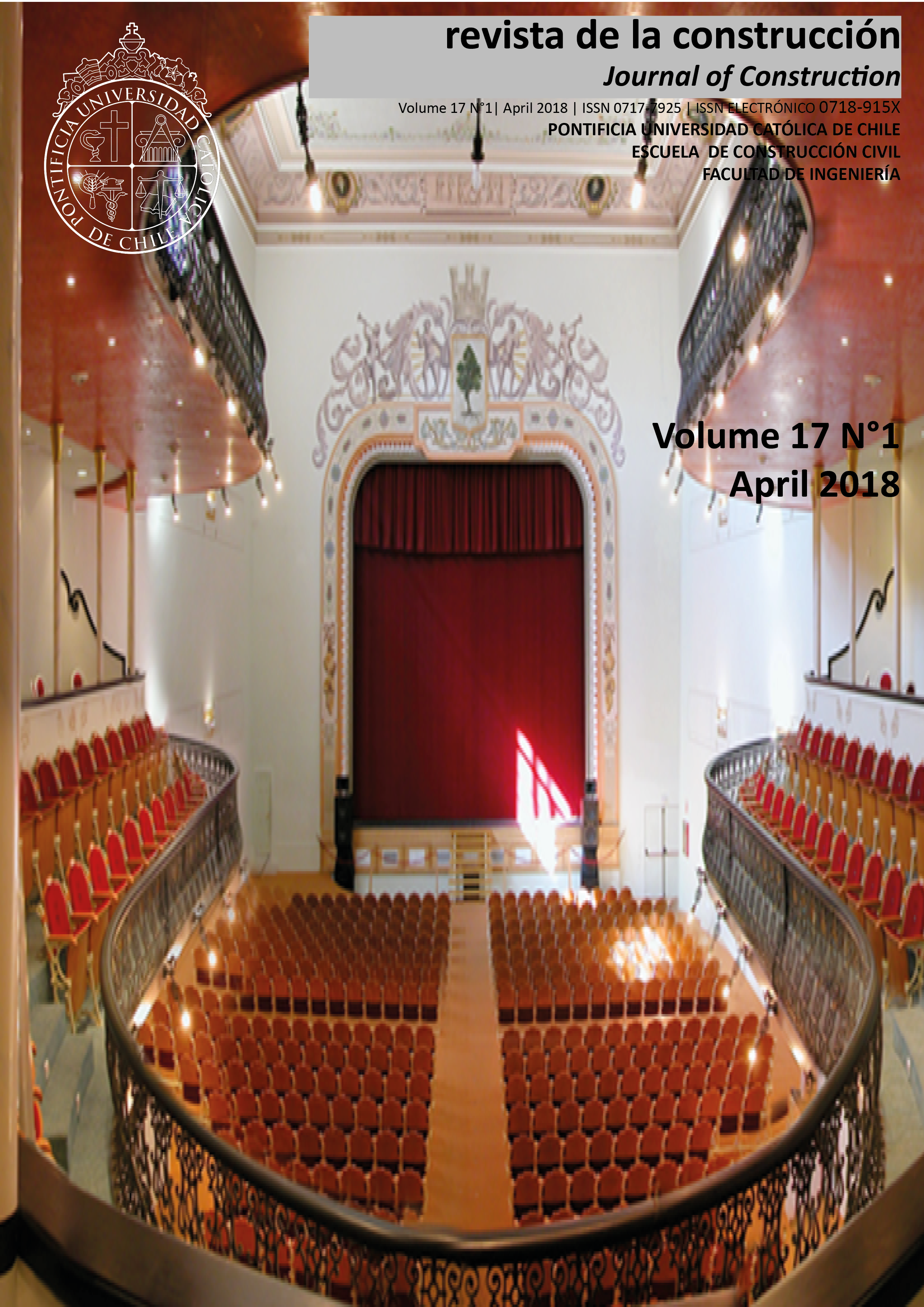The difference between theoretical and measured energy consumption in residential heating: Chilean case
DOI:
https://doi.org/10.7764/RDLC.17.1.149Keywords:
Theoretical and measured energy consumption, Sspace heating, FirewoodAbstract
At present, a large number of studies expose the differences between the results thrown by the classic models of energetic simulation (theoretical) and the measured data. This is strongly related to how people use energy in their households, especially when there is no automatic control over heating and ventilation systems. This will imply that the inputs, normally used in the energy simulation, do not necessarily take into account the actual use patterns of the heating and ventilation systems. This paper seeks to highlight the differences between the theoretical and measured energy consumption of Chilean homes. A set of houses, heated based on firewood, were studied in the city of Talca. The occupants of the dwellings were surveyed on the specific usage patterns of their heating systems and the quantity and characteristics of the firewood that they usually acquire. According to the results obtained, the energy consumed, on average, is about half of the expected consumption using classic models. Despite the difficulties involved in obtaining the information, it is considered necessary to deepen the real impact that public policies have on the reduction of energy consumption and air polluting emissions in the residential sector in Chile.
Downloads
Downloads
Published
How to Cite
Issue
Section
License
Copyright (c) 2019 Claudia Rojo, Adelqui Fissore, André De Herde

This work is licensed under a Creative Commons Attribution-NonCommercial-NoDerivatives 4.0 International License.








